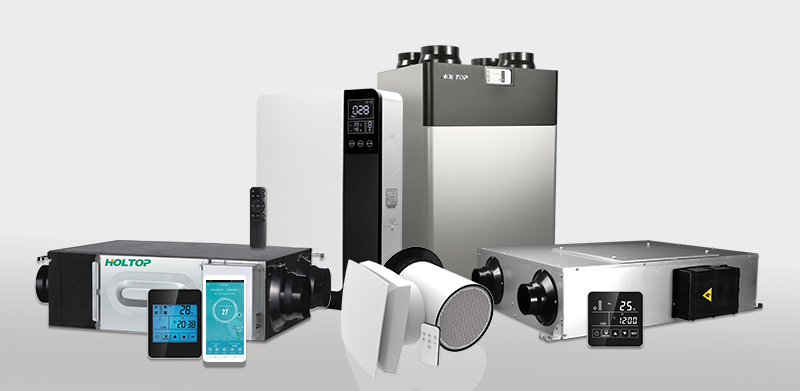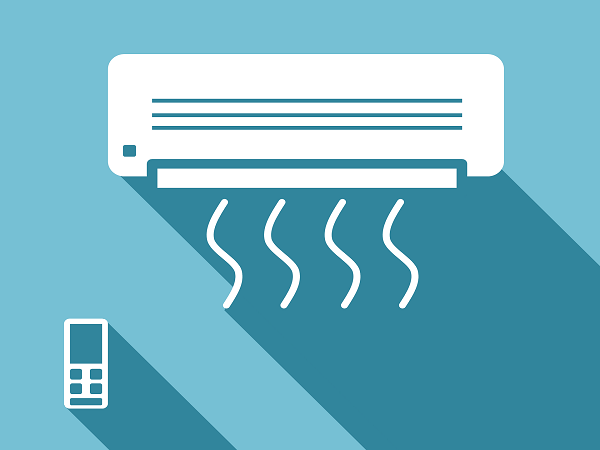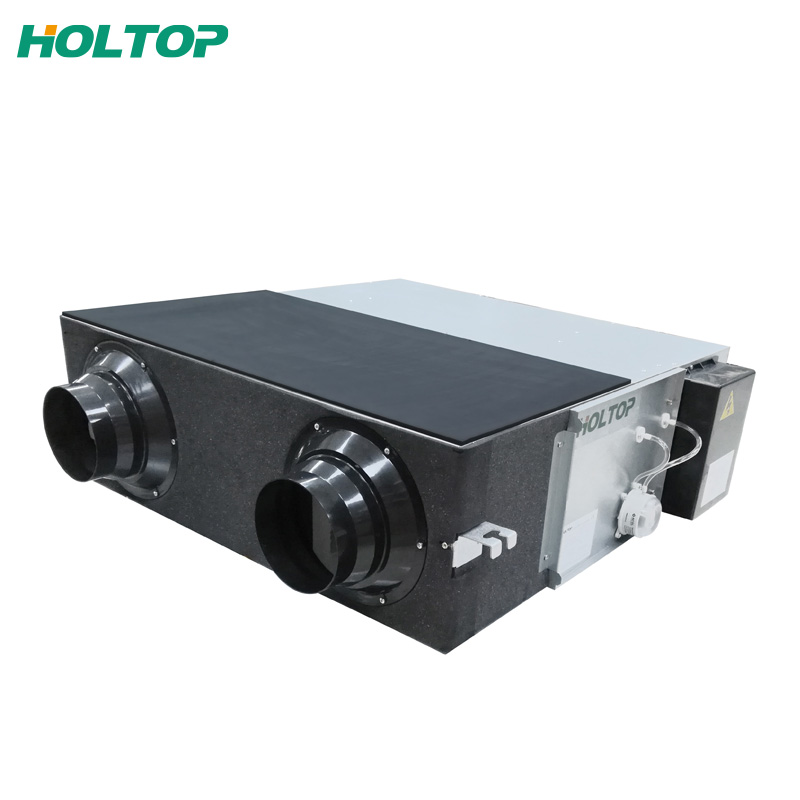
Clean AC
In recent years, people have become more interested in indoor air quality (IAQ). People rediscovered the importance of IAQ in a context of: rising gas emissions from industrial activities and automobiles; increasing levels of PM2.5 – a particulate matter with a diameter of 2.5 micrometers or less, which is contained in yellow sand, is on the rise due to desertification, and contributes to air pollution; and the recent spread of the novel coronavirus. However, since air quality is invisible, it is difficult for the general public to understand which measures are truly effective.
Air conditioners are devices that are closely linked to IAQ. In recent years, air conditioners are expected not only to adjust indoor air temperature and humidity, but also to have functions that improve IAQ. Contrary to this expectation, the air conditioner itself may become a source of pollution of indoor air. To prevent this, various technological developments have been deployed.
Indoor air circulates inside the indoor unit of the air conditioner. Therefore, when the indoor unit operates, various suspended substances such as bacteria and viruses in the indoor air adhere to and accumulate on its parts such as heat exchangers, fans, and airflow passes, making the indoor unit itself a breeding ground for these microorganisms under certain circumstances. These substances are also re-released into the room when the air conditioner is operated, and cause problems such as adhesion of odors and microorganisms on walls, floors, ceilings, curtains, furniture, etc., along with diffusion of unpleasant odors into rooms. In particular, at the beginning of the season when the air conditioner starts operation, a foul odor may emerge with the airflow from the accumulated and eutrophicated deposits of various microorganisms inside the air conditioner, and may cause extreme discomfort for users.
Initially, an IAQ improvement function of split-type room air conditioners (RACs) was a simple function involving electrostatic precipitator air purifiers. However, due to space limitations when installing the electrostatic precipitator with full-scale functions, the IAQ improvement functions of these RACs could not match the performance of dedicated electrostatic precipitator air purifiers. As a result, RACs equipped with insufficient dust collection performance eventually disappeared from the market.
Despite these setbacks, a strong need for IAQ such as removal of cigarette smoke, ammonia odors, and volatile organic compounds (VOCs) remained. Therefore, the development of filters that meet these needs has continued. However, these filters use materials such as urethane foam and non-woven fabric impregnated with activated carbon, adsorbents, etc., and exert strong ventilation resistance. For that reason, they could not be arranged over the entire surface of the air suction port of the air conditioner, so they exhibited insufficient deodorizing and sterilizing performances. In addition, the adsorption power of the deodorizing and sterilizing filters deteriorated as the adsorption of odorous components progressed, and it was necessary to replace them approximately every three to six months. Because the filters had to be replaced, and because of the cost of replacement, there was also another problem: the air conditioner could not be used continuously.

In order to solve the above problems, recent air conditioners use materials such as stainless steel, to which dust and enrichment components do not easily adhere, for the internal structure through which the airflow passes, and apply antibacterial coating agents that suppress the growth of microorganisms that cause unpleasant odors and enrichment, on heat exchangers, fans, etc. In addition, for the purpose of removal of moisture that promotes the growth of bacteria, air conditioners have an operational mode to heat and dry the inside by using a heating function after operation is stopped. Another function that emerged about four years ago is freeze-washing. This is a cleaning function that freezes the heat exchanger in the cleaning mode, melts the ice produced there at once, and flushes the surface of the heat exchanger. This function has been adopted by a number of manufacturers.
In addition, by using various methods such as hydroxyl radicals (OH) that are generated based on the principle of plasma discharge, technologies have been making rapid progress in terms of sterilization and deodorization inside the air conditioner, decomposition of the odor diffused in the room, and inactivation of airborne viruses in the room. In recent years, middleto highend models of RACs incorporate multiple devices for dust collection, sterilization, antibacterial effects, deodorization, etc. as hygiene measures for the RACs and their installed room environment, improving their cleanliness to a much greater extent than in the past.
Ventilation
Approximately two years have passed since the outbreak of the novel coronavirus began. Although it has been subdued compared with the peak period thanks to the rollout of vaccines, the virus still infects many people and causes many deaths all over the world. However, experience during this period has revealed that ventilation plays an important role in the prevention of infection. Initially, COVID-19 was thought to be transmitted by taking the virus into the body when eating with hands that had come into contact with the virus. Currently, it is clear that the infection spreads not only by this route but also by airborne infection as with the common cold, which was suspected from the beginning.
It has been concluded that diluting the virus concentration using ventilation is the most effective countermeasure against these viruses. Therefore, mass ventilation and regular replacement of filters are reportedly important. As such information permeates the world, the optimal strategy is beginning to emerge: It is ideal to simultaneously provide a large amount of ventilation and to operate the air conditioner.
Holtop is the leading manufacturer in China specializing in the production of air to air heat recovery equipments. It is dedicated to the research and technology development in the field of heat recovery ventilation and energy saving air handling equipments since 2002. The main products includes energy recovery ventilator ERV/HRV, air heat exchanger, air handling unit AHU, air purification system. Besides, Holtop professional project solution team can also offer customized hvac solutions for different industry.

For more information, please visit: https://www.ejarn.com/detail.php?id=70744&l_id=
Post time: Aug-11-2022








